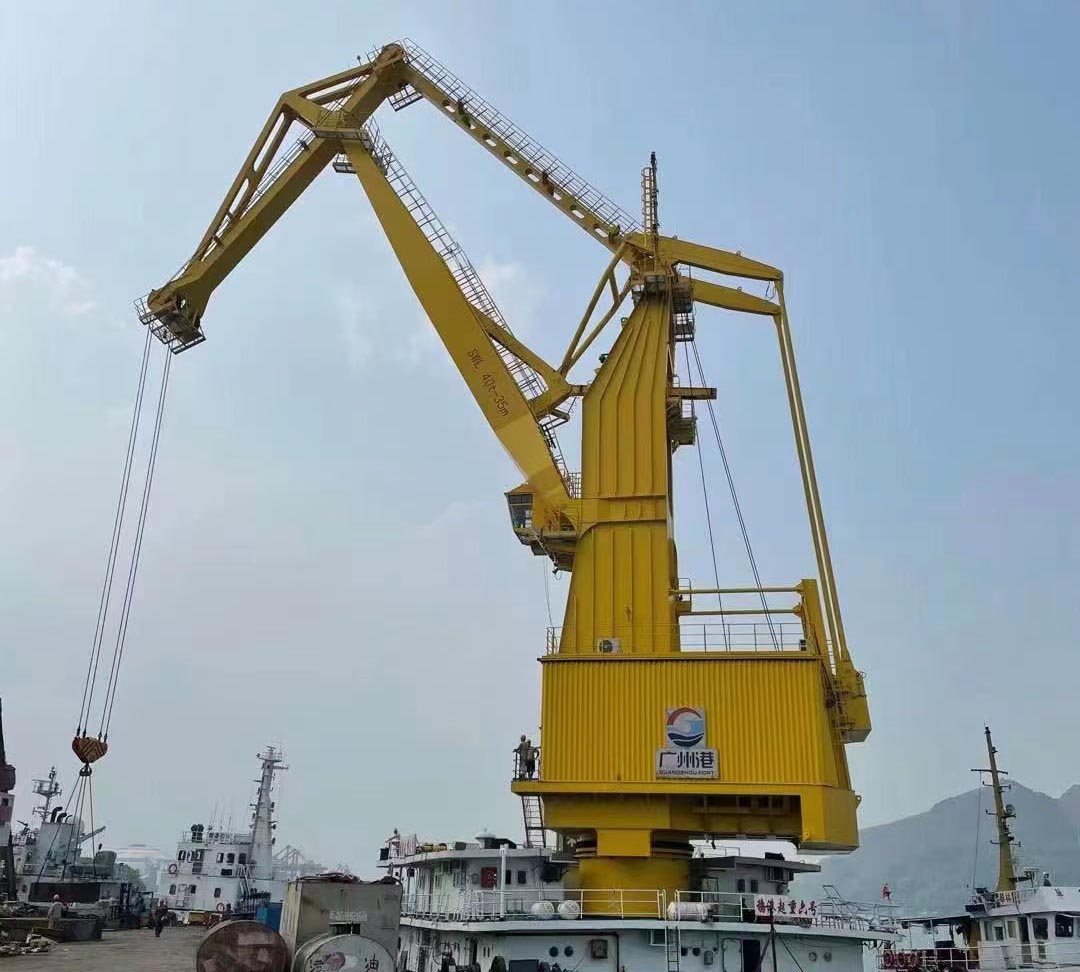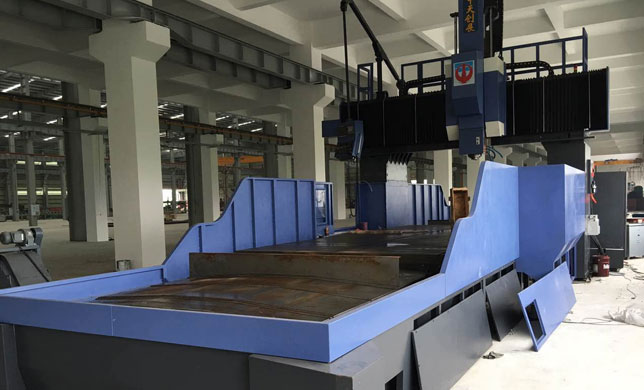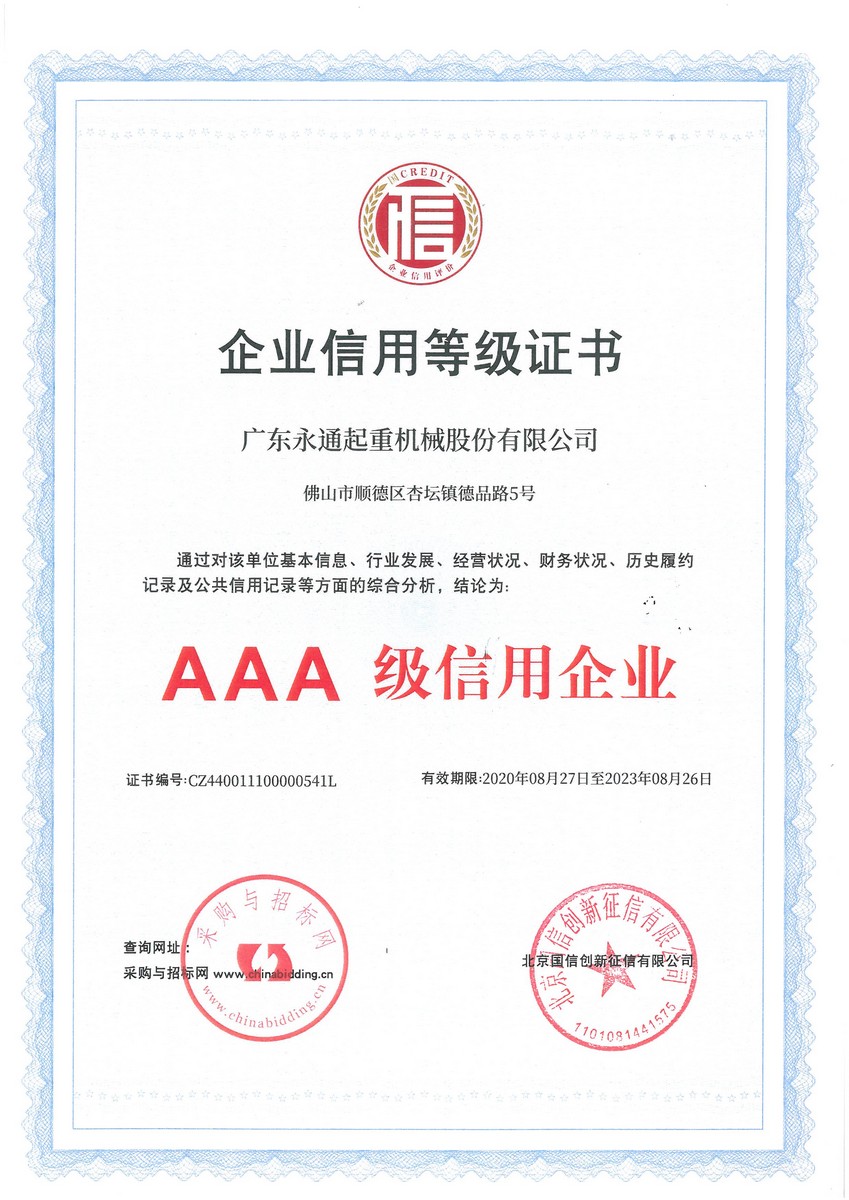Floating crane, also known as floating crane, ship-borne crane, is a kind of crane can be suspended on the ship to complete the material handling operations. It usually consists of an auxiliary hull (i.e. boom), a winch, a wire rope, and a control system.

The floating crane is mainly used in offshore engineering and offshore oil field development, which can complete the loading and unloading of containers, heavy equipment, pipelines and other goods in the water. Compared with the land crane, it has the advantages of high flexibility, wide coverage and fast moving speed.
Floating cranes are also widely used in rescue operations and shoreline management, to complete the search and rescue of drowning people at sea and towing of ships at sea, etc. However, due to high requirements on the environment and weather conditions, and safety issues such as loading and unloading limit, special attention should be paid to safety risks and operation and maintenance should be conducted in accordance with relevant regulations.
A floating crane is a single boom or four-link crane that installs the lifting machinery on a professional hull or ship, also known as a crane or floating crane. It can carry out loading and unloading operations from ship to shore. The machine has low center of gravity, good stability, flexible operation, and is a lifting equipment with high utilization rate and wide application range in rivers and lakes. It can be used to load and unload bulk materials in 30,000-ton wharfs at seaports or river ports with 40 tons of grab buckets. After changing 45 tons of hooks, it can also be used for general cargo lifting operations. It is certified by China Classification Society.











